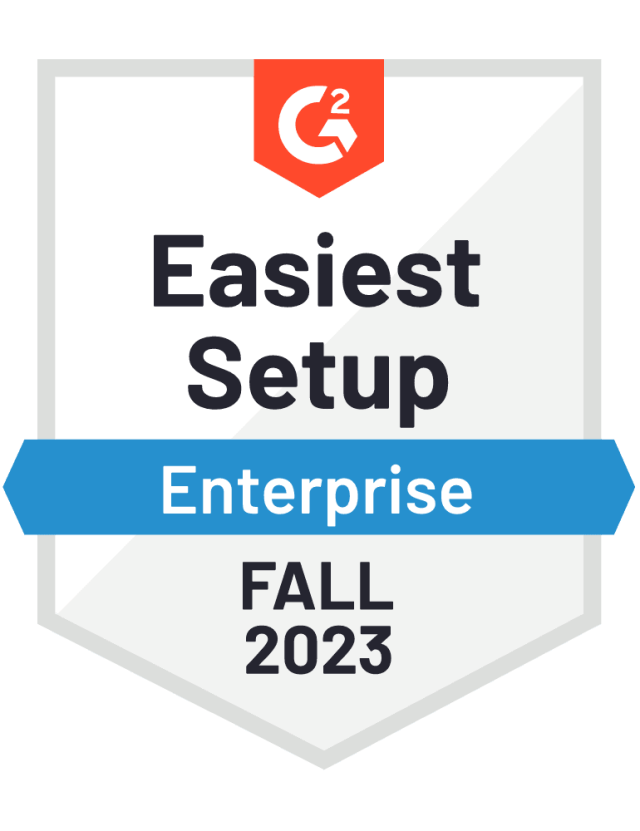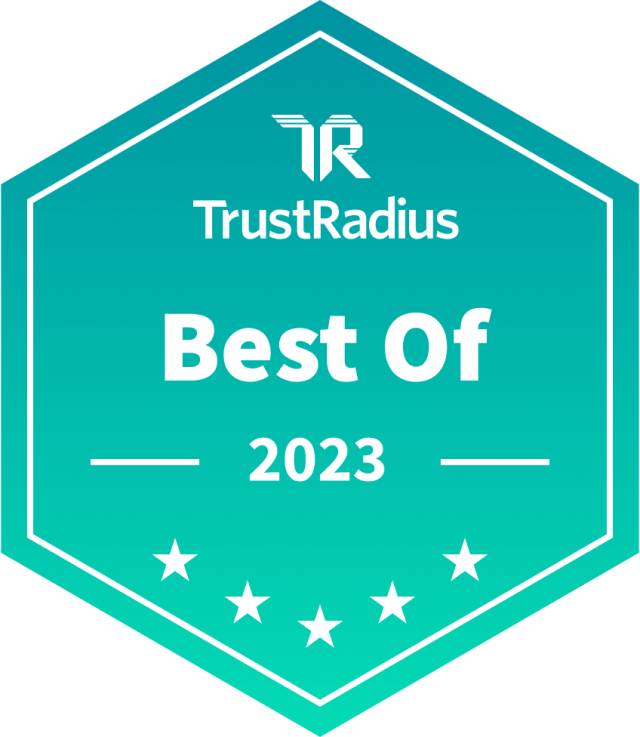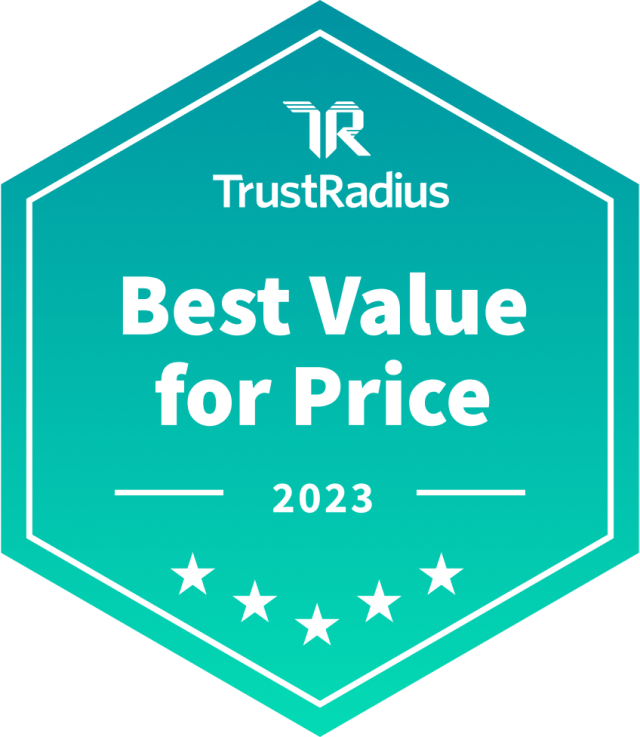What is the Voice of the Customer?
Voice of the Customer (VoC) is a marketing research technique that encompasses the collective insights of your customers’ needs, wants, perceptions, preferences, and expectations.
This page explains everything you need to know about a Voice of the Customer program, including:
Collection methodology: The different methods you can use to collect customer feedback
Voice of the Customer questions: The key metrics that a VoC program should measure
Analyzing Voice of the Customer data: Different ways you can analyze the voice of your customers and incorporate these insights directly into your business decisions.
Voice of the Customer tools: The different types of VoC tools out there that can help power your VoC program.
Learn more about Voice of the Customer: Get a personalized demo of Astute’s VoC solutions.
Why is Voice of the Customer important?
Understanding your customers’ motivations and expectations are the building blocks to adopting a customer-centric strategy. Brands leverage VoC data to paint a clearer picture of their customers, which in turn helps them better personalize the customer experience, prioritize key drivers of the experience and know what matters most to their customers.
In fact, industry-leading organizations that leverage a Voice of the Customer program in their key decisions have seen tremendous success, including:
12% improvement in response times
6% lower customer care costs
13% greater marketing ROI
11% increase in revenue
Collection methodology
A core aspect of any VoC program is to collect and better understand the intentions, experiences, and expectations of your customers. Today, there is a plethora of ways to engage your customers for feedback, from a feedback tab to using a pop-up survey to social media.
But too often, marketers place similar expectations on each of these methods, even though the way that you engage your customers has an enormous impact on the nature of the information you will collect.
So to make sure you use the right methodology, you must first ask yourself:
“What do I plan to use the data for?”
Below is a guide to the different types of sampling methodologies you should consider based on the business need you want to address with your customer feedback:
Business need: Strategic
If you want to keep your finger on the pulse of your website experience and measure Key Performance Indicators (KPIs) like Task Completion, Net Promoter Score® (NPS®), and Overall Satisfaction, then you need to collect a representative and reproducible source of customer feedback.
The best method is to use a Random Active Solicitation which ensures that you collect feedback that is representative of how all of your website visitors feel about your website, and provides an accurate measurement of KPIs that you can track over time you can leverage to drive strategic decisions.
The most common engagement technique associated with collecting a reproducible and representative sample is using a pre-post approach. This involves inviting a random portion of your website visitors on arrival to your website to complete a survey at the end of their visit.
Business need: Tactical
If you are looking to collect feedback to help you address specific issues on your website, such as broken links and other technical issues, then you need feedback that is unique to the individual visitor who experiences this issue.
The best method for collecting tactical feedback is a user-initiated approach that allows your visitors to leave their feedback at any point during their visit by clicking a button that is shown persistently throughout their visit. This is commonly referred to as a Comment Card or a Feedback tab.
This approach allows you to collect specific feedback relating to unique barriers that this visitor experienced during their visit, which you can then easily relay to key stakeholders in your company, so they can address these issues.
Business need: Optimization
If you want to optimize the performance of specific aspects of your website, such as the shopping cart or a product configurator’, then you need to collect targeted feedback from those who use these items.
The best approach for optimization is a targeted behavior solicitation approach. This involves prompting a specific audience for their feedback based on how they interact with your website during their visit (e.g. behavioral criteria), such as Number of Pages Viewed, Time on Site, or specific URLs to which they navigated.
For example, by triggering a support-specific survey to collect feedback from customers who accessed the Support section of your site, you can understand how effectively your online support tools are meeting customers’ needs, and how you can optimize these resources.
Remember: Different engagement methods serve different purposes. The approach you adopt as part of your Voice of the Customer program will ultimately impact the type of data you collect, and how key stakeholders in your company can use it.
For example, if you want to collect customer feedback to help you improve the online shopping cart experience on your website, then your business need for this feedback would be “Optimization”. Therefore, you need to use a targeted sampling methodology that engages only customers who used the shopping cart during their visit.
Alternatively, if you want to collect data you can trend over time to monitor your visitors’ website experience, your business need, in this case, would be “Strategic”. As such, you would need to use a representative sampling methodology to collect an accurate view of what your visitors overall feel about your website.
Types of Voice of the Customer questions
When starting to design your Voice of the Customer program, one of the most hotly-debated issues is what questions to ask your customers.
Before deciding which questions to include in your VoC program, make sure you keep these key principles in mind:
Keep the number of screen interactions to a minimum (a screen interaction is any mouse click or scroll required by the respondent to answer a question)
Keep your VoC research relevant and to the point
Make your survey interactive and easy on the eyes
Learn more about how to increase survey response rates.
While there is an infinite number of questions that can be included as part of a Voice of the Customer program, there are a few key metrics that will get any program off the ground.
Four of the most widely used VoC metrics are:
Satisfaction
Satisfaction is a well-established metric that is used to measure and manage the customer experience over time. Satisfaction is typically used to provide a baseline measurement of performance, identify change, and understand key drivers to set and align priorities.
One of the most widely-used ways to phrase a question to measure customer satisfaction is:
“How would you rate your overall experience today?”
Net Promoter Score® (NPS®)
NPS is a customer loyalty metric developed by Fred Reichheld, Bain & Company, and first appeared in Reichheld’s Harvard Business Review article “One Number You Need to Grow”.
One of the biggest benefits of NPS is that it has been shown to be a strong leading indicator of overall company performance. Yet, while it is not without its limitations and critics, it remains a useful and simple metric that can be easily implemented.
The NPS is derived from asking the following question:
“How likely is it that you would recommend [brand] to a friend or colleague?”
Customer Intent and Task Completion
When looking for ways to optimize the performance of your digital properties, you must first start with what your individual customers are looking to accomplish.
Customer Intent (or visitor intent) and Task Completion help you understand how your customers interact with your website or mobile app beyond web analytics data by getting into the mind of your customers to not only better understand the context of their visit, but also to confirm the underlying factors that drive how they interact with your website.
To collect Customer Intent, consider using a ‘Purpose of Visit’ (PoV) question:
“Which of the following best describes the primary purpose of your visit?”
And the metric Task Completion is typically derived from the following question:
“Were you able to complete the purpose of your visit today?”
Analyzing Voice of the Customer data
Once the voice of your customers starts streaming in, you need to unleash the power of this data through interactive visualizations, and by sharing the data to key stakeholders throughout your organization so they can optimize the Customer Experience.
Below are some of the most common ways to slice and dice your VoC data.
Dashboards: Customize dashboards to your unique needs and create different dashboards for different stakeholders.
BI reporting: With crosstabs, nested tables, and trended analysis, analyze your VoC data however you want.
Text analytics: Quickly discover themes and trends in your open-ended feedback using natural language processing and sentiment analysis.
Benchmarking: Compare your customers’ intent, characteristics, and satisfaction to your competitors.
Voice of the Customer templates and examples
VoC can help you tackle the different facets of Customer Experience. It can even help you gauge the effectiveness of your marketing initiatives.
Each VoC project should be tailored to your specific needs. However, certain types of questions can guide you to the insights based on these needs. At the same time, they can provide a springboard for future research to help you further understand customers’ online and offline experiences.
Below are some starter Voice of Customer templates with example survey questions to consider based on your specific needs.
Website satisfaction
Behavioral data tells you a lot about how a visitor interacts with your website. But it can’t tell you “why” they do what they do, and if they considered their visit a successful one (even though your behavioral data might imply that it was). VoC helps shed light on the “why” behind the “what” of your customers’ behavior, giving you critical context to better understand visitors’ online experiences.
Sample metrics (and example focus):
Customer Satisfaction (“How would you rate your overall experience on OMEGAMARKET.com today?”)
Purpose of Visit (“Which of the following best describes the primary purpose of your visit today?”)
Task Completion (“Were you able to complete the purpose of your visit today?” If not, why not?)
Net Promoter Score® (NPS®) (“How likely is it that you would recommend OMEGA MARKET to a friend or colleague?”)
Customer Effort Score (“How much effort did you personally have to put forth to complete your task?”)
Next Steps (“Following today’s visit, what will most likely be your next step?”)
The insights from these questions can help you:
Shine a light on the quality of your customers’ online experiences
Help you understand their intent
Understand how different key visitor groups perceive their experiences, so you can take action accordingly.
Website Optimization
A wide array of attributes makes up the whole of a website experience. Understanding how visitors view these different facets helps give you a complete view of how visitors perceived their online experience as a whole. As a result, it can help you fuel great online experience design to keep customers coming back for more.
Key dimensions (and example focus):
Navigation (Ease of use and site layout)
Content (Depth, clarity, and relevance)
Interactivity (Ability to help yourself using the tools provided)
Motivation (Intangibles about the site / brand that entices visitors to access the site)
Adoption (Likelihood to return or recommend the site)
Asking customers to rate different dimensions and attributes of your website can help you:
Identify your website’s strengths and weaknesses in the eyes of your visitors.
Determine the key drivers to website satisfaction
Determine key drivers to customers’ likelihood to recommend your site to others.
Purchase Optimization and Conversion
E-commerce is a critical ingredient for any leading brand today. Identifying barriers that stand in the way of purchases (and how to address them) is crucial to provide seamless and positive online purchasing experiences and minimize any negative impacts on the bottom line.
Sample metrics (and example focus):
Purchase Horizon (When are they planning to make a purchase? At what stage of the purchase/research process do they currently find themselves in?)
Consideration Stage (Were they able to buy everything they wanted today?)
Purchase Drivers (What is most important to them when making a purchase decision?)
Next Steps (What do they plan to do next?)
Including these questions in your VoC surveys can help you:
Identify key barriers standing in the way of visitors making a purchase on your site
Get additional context to visitors’ website behavior
Evaluate the impact of their visit on the next step in their purchase path
Customer Care and Retention
The post-purchase experience is critical to a customer retention rate and a healthy bottom-line over the long-term. Understanding how customers perceive their customer support and client service experiences helps you understand how to optimize these experiences, reduce support costs, and even encourage referrals.
Sample metrics (and example focus):
Relationship to brand (Are they a long-time customer or a new customer?)
Support issue type (What drove them to reach out to your contact center?)
Ability to resolve issue (Were they able to resolve their issue during their session? If so, what did they use to resolve their issue (Search tool, Q&A, forum, etc.)?)
Likelihood to reach out to contact center (How likely are they to continue using self-service support tools moving forward vs. reaching out to your contact center?)
Net Promoter Score (How likely are they recommend you to someone else?)
These questions can help provide you:
Get some background on what exactly customers were looking to accomplish with your support tools
Gauge the effectiveness of your self-service support resources
Determine your site’s ability to divert calls from your contact center
Marketing Effectiveness
Are your ad campaigns and target keywords attracting the types of visitors you wanted to target? Engaging visitors that access your digital properties via your different marketing campaigns is key to fine-tuning these campaigns over time.
Sample metrics (and example focus):
Purpose of Visit (What are they trying to accomplish on your site today?)
Purchase Horizon (When are they planning to make a purchase?)
Likelihood to buy from site (For those planning to make a purchase, how likely will it be from your brand?)
Elements that encouraged visit (If a visitor didn’t come to your site via an online ad, what influenced them to access your site?)
The insights from these questions can help you:
Create a profile of visitors who access your digital properties via your online campaigns
Measure the impact and effectiveness of the tweaks you make to your campaigns
What are Voice of the Customer tools, and choosing the right one for you
Voice of the Customer tools, or VoC tools, give you the features you need to measure the customer experience across the customer journey, extract actionable insights from your customer feedback and communicate them to key stakeholders in your organization. Ultimately, they empower you to inform your customer experience strategy and deliver great experiences at all times.
Keep an eye out for VoC tools that help you take on your specific business needs and objectives. Overall, they should help you tackle these three key steps of a Voice of the Customer program:
Collection of customer feedback at all your touchpoints
Analysis of your customer feedback and extraction of critical insights
Action on insights to improve the customer experience
A first-class Voice of the Customer tool will give you the resources to focus on this process’s most crucial step: Taking action. Make sure to choose VoC tools that give you:
Flexibility to your specific business objectives.
A responsive and accessible survey experience so that everyone can easily share their feedback.
The ability to provide a survey experience that reflects your branding and verbiage.
Transparency and control over your entire VoC program.
A simple implementation process to launch multiple surveys without needing to go to IT every time.
A secure respondent experience that complies with GDPR and CCPA regulations.
Closed-loop capabilities to follow up on key customer experiences and get critical insights into the right hands quickly.
Should you go self-service or full-service with your Voice of the Customer tool?
Now you have everything you need to create your Voice of the Customer program. But is it worth it to go it alone or partner with a full-service vendor?
Many think that a self-serve survey tool is sufficient to run a VoC program. In reality, there are many different facets to launching and managing a successful Voice of the Customer program, let alone going through all of your customer feedback to extract insights you can use to improve the customer experience.
Research Design
Best practices
Data integrations
Sampling strategies
Research updates
Technical Implementation
Best practices
QA
Branded invitations
Customizations
Project Management
Collection monitoring
QA
Troubleshooting
Alignment to objectives
Reporting and Analysis
In-depth analysis
Dashboards
Recommendations
Objectivity
Emplifi VoC helps brands collect targeted customer feedback and insights to help them design experiences that elevate CX across the customer journey. Schedule a demo today to speak with an Emplifi expert and learn how Emplifi can meet your needs.
Editor's Note: This article was originally published on astutesolutions.com. Any statistics or statements included in this article were current at the time of original publication.

















